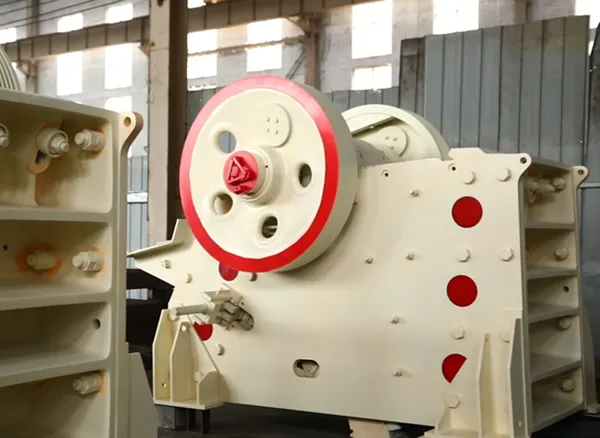Preventing jaw crusher blockages and downtime is crucial for maintaining efficient and profitable operations. Here’s a comprehensive guide on how to achieve this.
How to Prevent Jaw Crusher Blockages and Downtime

1. Feed Material Management
Consistent Feeding: Ensure a uniform and continuous feed of material into the crusher. Avoid sudden surges or uneven loading, which can overload the crushing chamber. Using a feeder (e.g., vibrating feeder) is highly recommended for controlled and even material flow.
Proper Sizing: Make sure the feed material size is appropriate for the jaw crusher’s gape (feed opening). Oversized material is a primary cause of blockages. A good rule of thumb is that the maximum feed size should be about 80% of the crusher’s opening. Consider pre-crushing or using a scalping screen to remove oversized material.
Remove Contaminants: Prevent tramp metal (e.g., bucket teeth, wear plates), wood, and other non-crushable materials from entering the crusher. These can cause blockages and damage the crusher components. Implement magnetic separators or manual sorting to remove such contaminants.
Moisture Control: Manage the moisture content of the feed material. Wet or sticky materials can adhere to the crushing plates and cause blockages. Consider pre-drying options if dealing with high-moisture content material.
Avoid Overfeeding: Operate the crusher within its designed capacity. Overfeeding reduces crushing efficiency and significantly increases the risk of blockages. Monitor the crusher’s power draw (ammeter reading) to avoid overloading.
2. Regular Maintenance and Inspection
Daily Inspections: Conduct daily visual checks for material buildup in the crushing chamber and discharge area. Ensure the discharge port is clear. Inspect for loose bolts, cracks, and any signs of wear on jaw plates and other components.
…
More detailed information on how to prevent jaw crusher blockage and downtime can be found at: https://www.yd-crusher.com/a/news/how-to-prevent-jaw-crusher-blockages-and-downtime.html


